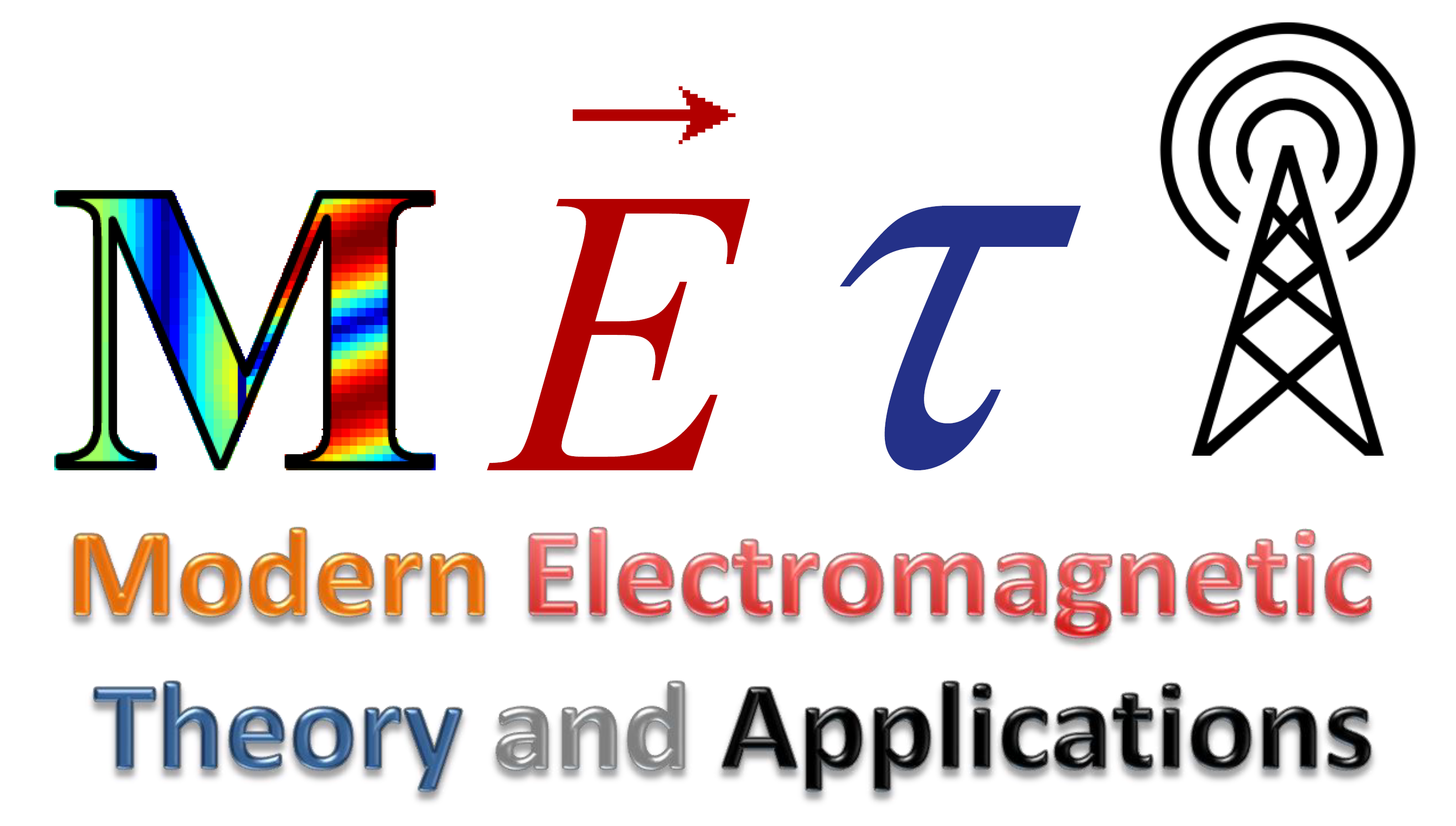Metasurfaces are slabs of subwavelength thickness containing subwavelength in-plane features (meta-atoms) that are used to realize a desirable functionality by local modification of the interaction between the slab and incident electromagnetic fields. Due to the subwavelength thickness, this interaction can be well modelled by equivalent surface boundary conditions, dictated by the metasurface implementation.
In recent years, such structures have attracted significant attention due to their potential to provide excellent control on properties of transmitted or reflected fields, such as directivity, polarization and orbital angular momentum, with low-profile conformal devices. The recently proposed concept of Huygens’ metasurfaces (HMS) utilizes collocated orthogonal electric and magnetic polarizable elements, which, in principle, can generate arbitrary field distributions for a given incident field, following the equivalence principle.
In contrast to Huygens’ metasurfaces (HMSs), which exhibit only electric and magnetic polarizabilities, omega-bianisotropic metasurfaces feature also magnetoelectric coupling. This means that applied electric fields induce both electric and magnetic currents (symmetric and antisymmetric modes), and applied magnetic fields also induce both electric and magnetic currents. Such surface response corresponds to sheet transition conditions of canonical omega particles. This forms an additional degree of freedom that can be used to tailor not only the metasurface transmission properties, but also its reflection characteristics. Alternatively, it could be used to achieve different reflection (or transmission) coefficients on either facet of the metasurface.

Arbitrary Field Transformations with Passive Lossless Omega-Bianisotropic Metasurfaces
The additional degree of freedom manifested by the magnetoelectric coupling can be harnessed to mitigate the requirement for local impedance equalization limiting transmission efficiency in Huygens’ metasurfaces. Indeed, we have shown in our paper that any field transformation that locally conserves the real power crossing the metasurface can be implemented using passive and lossless omega-type bianisotropic metasurfaces.
This theorem facilitates a myriad of possible applications, from wide-angle reflectionless plane-wave refraction (initially proposed using microwave network generalized scattering matrix approach), through independent surface-wave guiding, to highly-directive low-profile antennas.
In addition, we have shown how the omega-bianisotropic meta-atoms correspond to an asymmetric stack of three impedance sheets, pointing out a possible way to implement them with printed-circuit-board (PCB) compatible fabrication processes.
Synthesis of Passive Lossless Omega-Bianisotropic Metasurfaces with Auxiliary Fields
Many times, naive stipulation of the field transformation does not satisfy local power conservation (even if the power is globally conserved). Two very simple examples are perfect anomalous reflection and perfect beam splitting. In both cases, in regions where two plane waves interfere (in reflection or in transmission), the local power crossing at the metasurface facet is not uniform, and would not fit the power profile of a typical plane-wave excitation.
In this case, we proposed to add auxiliary fields in the form of surface waves to the field transformation, to facilitate transverse transfer of power parallel to the metasurface plane. By judicious choice of surface waves, one can redistribute the power along one or both facets, such that local power conservation is eventually satisfied. Once local power conservation is established, one can again use the omega-bianisotropic metasurface design theorem, and implement perfect anomalous reflection and perfect beam splitting, as well as many other useful functionalities.




